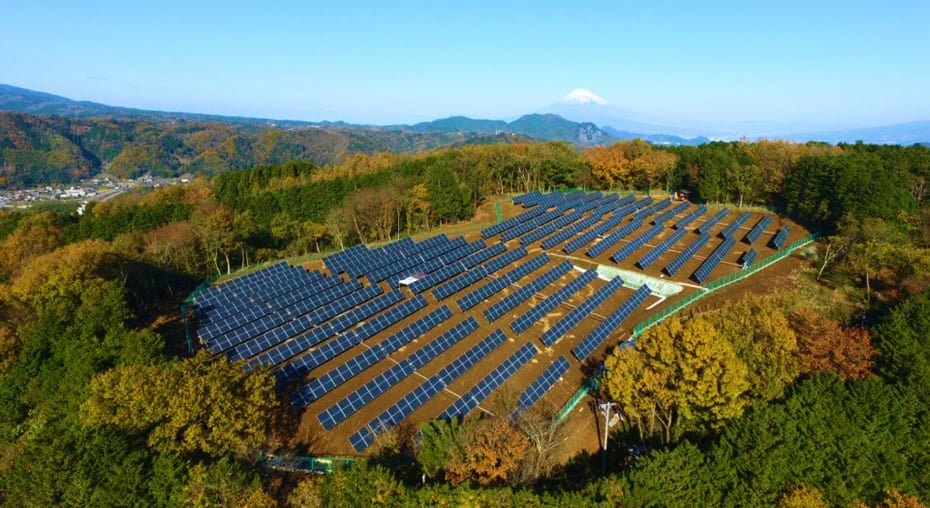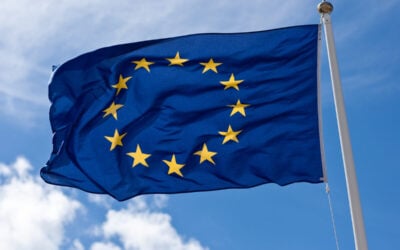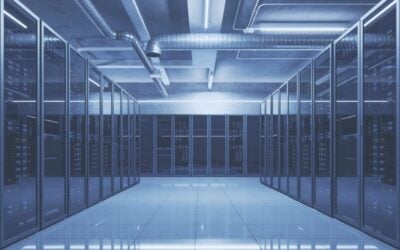
With officials at the Town of Riverhead in Suffolk County, New York, having dropped plans for a moratorium, Nala Renewables has advanced one of its standalone BESS proposals destined for Long Island after months of uncertainty.
Representatives from Nala’s development partner, Rhynland Energy, met with Riverhead’s Town and Planning Board’s last week to discuss plans for its EC Battery Storage project. With reports of the talks progressing positively, this should offer a glimmer of hope to other developers across the US currently dealing with disruptive BESS moratoriums.
EC Energy Storage is part of a portfolio of projects slated for Long Island as part of a development services agreement between the two companies, as reported by Energy-Storage.news back in 2022.
Established in 2020, Nala Renewables is a joint venture between commodities trading company Trafigura and investment firm IFM Investors.
Try Premium for just $1
- Full premium access for the first month at only $1
- Converts to an annual rate after 30 days unless cancelled
- Cancel anytime during the trial period
Premium Benefits
- Expert industry analysis and interviews
- Digital access to PV Tech Power journal
- Exclusive event discounts
Or get the full Premium subscription right away
Or continue reading this article for free
Stalled progress for Nala Renewables project
Although the project was first proposed to Riverhead officials early in 2022, progress has been hampered by the threat of a potential moratorium on the development of any new BESS within the town.
In August 2023, in response to concerns raised by the public, the Riverhead Fire District Board of Fire Commissioners requested that town officials prevent the approval of any new BESS facilities “to understand the complexity” of such projects.
“There has been a significant amount of public concern regarding the potentially volatile nature of lithium-ion batteries and the fear that operation of this type of land use will pose a threat to the health, safety and welfare of the public”, stated Riverhead officials as part of a draft moratorium.
Although the general public’s awareness of BESS, along with the dangers associated with thermal runaway, has increased across the US, there has been much attention focused on the State of New York following three fires at separate BESS sites during the summer of 2023.
Just this week, Energy-Storage.news reported that the office of Staten Island Borough President, Vito Fossella, would be filing a lawsuit to prevent the development of any new BESS within his jurisdiction and another town in Long Island, Oyster Bay, voted to extend a moratorium of its own.
State Fire Code amendments lead to moratorium U-turn
Following a public hearing on the moratorium during the end of 2023, it looked as though any new BESS in Riverhead would be halted for at least three months, whilst town officials deliberated on how best to deal with energy storage.
However, in anticipation of an overhaul to New York’s fire safety code, town officials scrapped plans for a local moratorium last year.
“We honestly felt that by the time the state releases this it wouldn’t make sense to do the moratorium. And anything that’s in the process will have to adhere to whatever the new guidelines are”, explained Riverhead Supervisor Tim Hubbard during a public meeting last year.
In response to the New York BESS fires and rising public concerns, New York State Governor Kathy Hochul formed the New York State Inter-Agency Fire Safety Working Group to investigate BESS safety and how best to mitigate any risks associated with the technology.
As reported by Energy-Storage.news, the working group published a draft of its proposed changes to the Fire Code of New York State in July last year. After receiving stakeholder feedback on the proposed changes, the group submitted the updated Fire Code to the New York State Department of State in March of this year.
As part of the wholesale changes to the Fire Code, developers of BESS projects must now produce an Emergency Safety Response Plan and, in the event of a fire, staff with knowledge of the project must be able to respond within 15 minutes.
Stakeholders have until 27 May 2025 to submit final comments on the new Fire Code.
Fire mitigation measures
In the wake of the fire at Moss Landing in California, much has been said about the alleged outdated technology at the site, namely, the use of nickel manganese cobalt (NMC), which has a lower tolerance for conditions leading to thermal runaway than now more commonly used lithium iron phosphate (LFP) lithium-ion battery chemistry.
Batteries at first 300MW phase of the Moss Landing Energy Storage Facility, which was destroyed by fire, were housed indoors in a repurposed turbine hall at the former gas power plant facility, a design consideration which experts have said is likely a one-off configuration and unlikely to be repeated elsewhere.
During the recent Riverhead Planning Board meeting where Nala presented its updated plans, Hubbard referenced previous BESS fires and their use of “older systems.”
“By the time [EC Energy Storage] is built, it will be the top of what’s out there and the safest of what’s out there”, Hubbard explained.
Although Nala Renewables requires approval from Riverhead authorities, Suffolk County officials green-lit the EC Energy Storage project during a meeting held in February 2025, with the caveat Nala provides full hazardous materials (HAZMAT) training for local responders.
Nala and Rhynland have also pledged US$100,00 to Riverhad fire department to purchase an emergency response vehicle that would be used by the service in the event of a blaze.
The developers have also been urged to introduce a berm on the north side of the proposed project site, to shield the BESS from an adjacent “combustible and flammable liquid dispensing facility” owned by Riverhead Oil Products.
The BESS project will connect to the New York Independent System Operator (NYSIO) managed grid via Long Island Power Authority’s (LIPA’s) Edwards Avenue 138kV substation (queue no. 1257).
According to the NYISO interconnection queue, EC Battery Storage is expected online during March 2026.
Canal Southampton BESS
Nala Renewables and Rhynland have struggled with development of another one of their BESS facilities on Long Island due to a lengthy moratorium established by the Town of Southampton.
The moratorium, which was first enacted in August 2023, ran for two and a half years and has affected the development of several storage facilities, including Nala and Rhynland’s 100MW Southampton Canal Battery Storage facility.
Following the end of the moratorium in February, Southampton officials have been weighing up new zoning laws for BESS facilities. These changes would restrict the size of any BESS in the town to a maximum of 19MW, and facilities larger than 0.6MWh would need to be sited at least 300 feet away from any occupied building.





